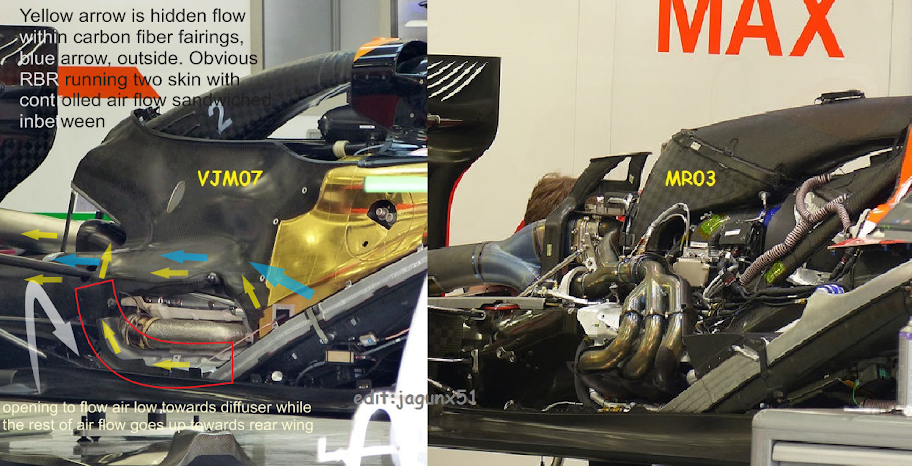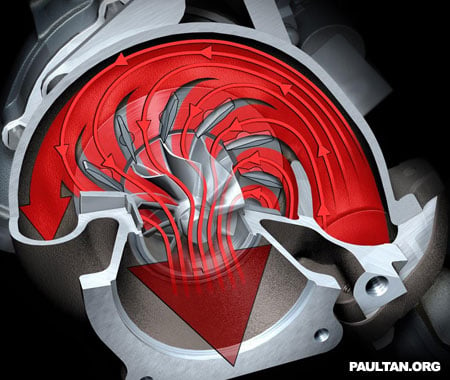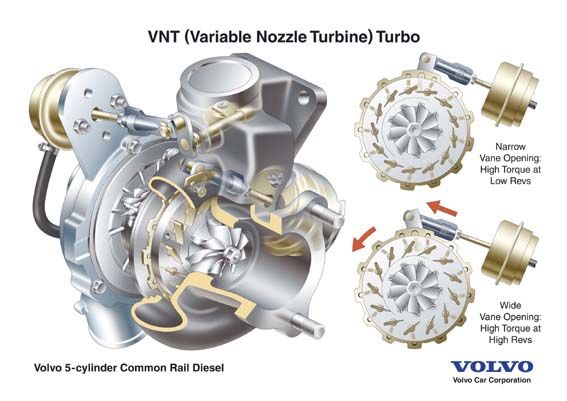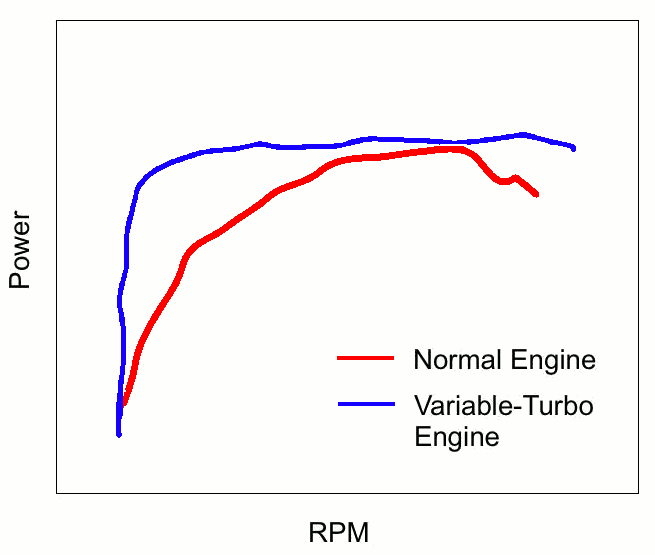xpensive wrote:Obviously at lift-off, when you disconnect the resistance of a stalling compressor and let the inertia of the 125 kRpm turbine run the MGU-H freely.
As for disconnecting the turbine and run the compressor with the MGU-H only at spool-up, there's no reason for overspeeding the turbine, as the very reason for disconnecting it was that it's not up to speed, right?
Ain't argumentation great fun, even for the sake of it?
If you want to use the MGUH to make power during lift-off (ie in a braking zone) then it makes sense to leave the compressor attached, since that adds to the angular momentum of the assembly and thus the amount of energy that can be generated.
I admit in the the 2014 engine thread I said I didn't think that blow-off valves were being used, but on
this video the sound was clearly there - at least on the Ferrari engined cars. Maybe Ferrari use the blow off because of their braking/downshifting strategy, while Mercedes and Renault, who don't seem to have the blow off valve, brake the turbo hard to generate some power for the ES.
If the compressor was de-clutched during braking I would expect the blow off vale would be necessary?










